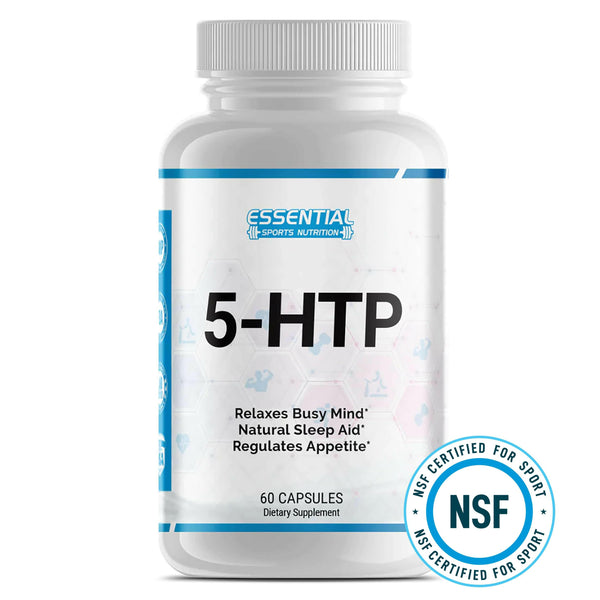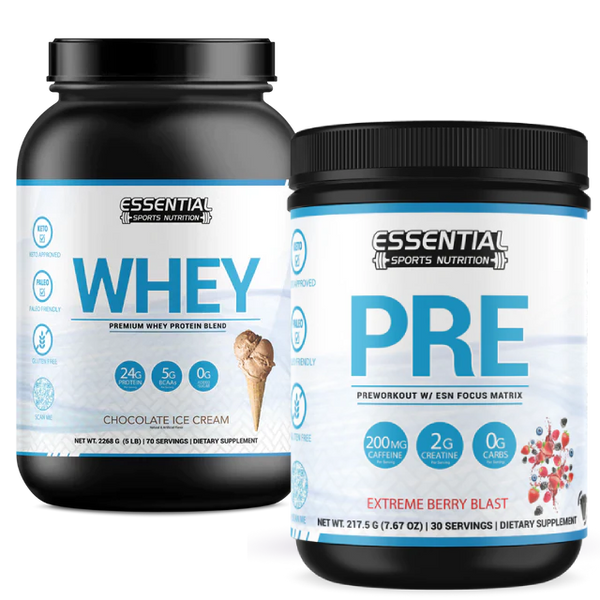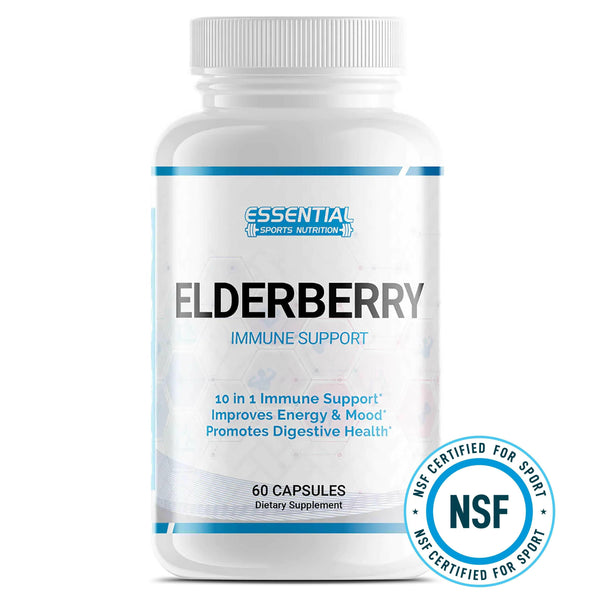Low Carb Atkins Diet for Vegetarians and Vegans
You can adapt the Atkins Diet to a vegetarian lifestyle by limiting animal protein and focusing on plant-based sources. Initially, you'll cut down on carbs and gradually reintroduce them, keeping an eye on your carb intake from veggies and Phase 2 foods. Key proteins include nuts, seeds, legumes, and soy. Don't forget foundation vegetables and healthy fats like avocado and olive oil, which are essential for maintaining nutrient balance and feeling full. You'll slowly add whole grains and starchy vegetables as you progress, ensuring a diversified and nutrient-dense diet. Exploring this approach further can reveal deeper insights into effectively managing a vegetarian Atkins Diet.

Key Takeaways
-
The vegetarian Atkins Diet focuses on plant-based proteins and reducing animal proteins for weight management.
-
Essential plant proteins include nuts, seeds, legumes, soy products, and whole grains, vital for vegetarians on Atkins.
-
Foundation vegetables and healthy fats like avocado and olive oil are crucial for nutrient balance and satiety.
-
Phase 2 gradually introduces more net carbs, emphasizing the quality of foods, including legumes and tofu, with mindful moderation.
-
Pre-maintenance expands the diet to include whole grains and starchy vegetables, aiming for a diversified, nutrient-dense, and sustainable diet.
Understanding the Basics
To grasp the core of Vegetarian Atkins, it's vital to understand that it centers on reducing animal protein while utilizing a variety of plant-based proteins to meet nutritional needs. This approach aligns with vegetarian principles and guarantees you're not missing out on important nutrients. You'll find that the diet emphasizes a careful balance, particularly in managing your carbohydrate intake, which is a cornerstone for weight management within this plan.
In practicing Vegetarian Atkins, you're encouraged to explore a diverse array of plant-based protein sources. This variety is not just about keeping your meals interesting; it's a strategic approach to ensure you receive a detailed profile of amino acids, essential for your body's well-being. Additionally, by managing your carbohydrate intake thoughtfully, you can maintain the diet's effectiveness for weight management without compromising on nutrition.
It's crucial to remember that moving through the phases, especially during the Ongoing Weight Loss phase, allows for a gradual adjustment in your net carb intake. This flexibility facilitates a smoother adjustment to the diet, making it a sustainable choice for those looking to maintain a vegetarian lifestyle while achieving their weight management goals.
Essential Plant Proteins

As you explore the Atkins Diet as a vegetarian, it's essential to focus on plant-based proteins such as nuts, seeds, legumes, soy products, and whole grains to meet your daily protein needs. These foods support muscle health and provide a wide array of nutrients important for overall wellness. Incorporating a balanced variety of these protein sources can guarantee you're getting a complete nutritional profile, which is necessary for thriving on a vegetarian Atkins plan.
Plant-Based Protein Sources
Incorporating a variety of essential plant proteins, such as nuts, seeds, and legumes, is crucial for vegetarians adhering to the Atkins diet to meet their nutritional needs effectively. For those following Atkins, adding soy products, whole grains, and specific meat substitutes like textured vegetable protein, wheat gluten, and fungi can offer diverse plant-based protein sources. Including eggs, cheese, and a range of soy products like tofu, tempeh, and edamame guarantees you're getting enough protein. These foods provide the necessary amino acids and support the low-carb, high-protein focus of the Atkins plan. Remember, balancing your intake of nuts and seeds can further help you meet your protein requirements while maintaining the diet's principles.
Nutritional Benefits Explored
Exploring the nutritional benefits of essential plant proteins reveals that they're important for muscle growth; they also play a significant role in maintaining overall health within a vegetarian Atkins diet. Incorporating a variety of plant proteins, such as nuts, beans, soy, and tofu, guarantees you're getting the essential amino acids your body needs. This balance is vital for effective weight management and supporting your health goals.
| Plant Protein Source | Key Benefit |
|---|---|
| Legumes (beans, lentils) | Rich in fiber and protein, supporting digestive health and satiety |
| Nuts and Seeds | High in healthy fats and proteins, beneficial for heart health |
| Soy and Tofu | Complete protein, providing all essential amino acids necessary for muscle repair and growth |
Transitioning to Ongoing Weight Loss
As you move to the Ongoing Weight Loss (OWL) phase, changing your meal plan becomes essential to guarantee a balanced intake of nutrients while still concentrating on weight loss. Monitoring your carb intake, particularly from foundation vegetables and Phase 2 foods, will help you discover the optimal point where you're shedding pounds without feeling deprived. Embracing a variety of plant-based proteins can offer the necessary nutrients and keep your meals engaging and fulfilling.
Adjusting Your Meal Plan
How can you smoothly shift to the Ongoing Weight Loss (OWL) phase of Atkins as a vegetarian, starting at 30 grams of Net Carbs? Adjusting your Atkins meal plan requires carefully balancing carbohydrate intake and incorporating high-quality plant-based protein sources. Here's how you can do it:
-
Gradually increase your Net Carbs by 5 grams weekly, focusing on adding more foundation vegetables and Phase 2 foods as per the Carb Ladder.
-
To effectively manage your weight, make sure that your protein servings, from sources like tofu, tempeh, and legumes, limit Net Carbs to 6 grams per serving.
-
Experiment with diverse vegetarian recipes that align with the phase, keeping an eye on balancing nutrients without exceeding your daily carb limit.
Monitoring Carb Intake
Shifting to the Ongoing Weight Loss phase, you'll start by carefully monitoring your net Carb intake, initially set at 30 grams. As you edge closer to your weight goal, increase your Net Carbs by 5 grams weekly, keeping a close eye on your carb intake. Vegetarians can manage this effectively by gradually introducing foundation vegetables and Phase 2 foods, following the Carb Ladder.
| Phase | Net Carbs Limit |
|---|---|
| Initial | 30 grams |
| Weekly Increase | 5 grams |
| Protein Serving | 6 grams |
Limiting net carbs to 6 grams per serving of protein foods is essential to maintaining balance. This approach guarantees you're nourishing your body while steadily moving toward your weight goal while adhering to a vegetarian lifestyle.
Embracing Plant-Based Proteins
During the Ongoing Weight Loss phase of the Atkins diet, you'll find that gradually introducing plant-based proteins into your diet is crucial to maintaining a balanced and nutritious meal plan. As you shift, it's vital to manage your carbohydrate intake carefully to support your weight management goals, ensuring that adding plant-based proteins doesn't compromise your progress.
-
To guarantee a complete intake of essential amino acids, include at least two varieties of plant proteins daily, such as textured vegetable protein and soy products.
-
Start the OWL phase with 30 grams of Net Carbs, increasing by 5 grams weekly, while integrating plant-based proteins.
-
Utilize wheat gluten and fungi as effective meat substitutes, aligning with your protein needs without overshooting carbohydrate limits.
Incorporating Foundation Vegetables

Incorporating an array of foundation vegetables into your diet is a cornerstone strategy for vegetarians on the Atkins Diet. This ensures you're getting ample nutrients while keeping carbs in check. Foundation vegetables, including non-starchy and nutrient-dense options like leafy greens, broccoli, cauliflower, zucchini, cucumber, peppers, and mushrooms, are essential for maintaining a low-carb lifestyle. These vegetables are low in carbohydrates and fiber, making them ideal for promoting satiety, aiding digestion, and supporting overall health and well-being.
As a vegetarian on the Atkins Diet, focusing on these vegetables allows you to enjoy flavorful and satisfying meals without exceeding your desired carb intake. They play a key role in the diet by offering a variety of vitamins, minerals, and antioxidants essential for your body's needs. By integrating foundation vegetables into your meals, you're taking a significant step towards a balanced, nutrient-focused approach to the Atkins Diet for Vegetarians. This strategy helps manage your carb intake effectively and ensures that your body receives the essential nutrients it requires for optimum functioning.
Healthy Fats for Vegetarians

For vegetarians on the Atkins diet, avocados, nuts, seeds, olives, and olive oil are not just indulgences but essential sources of healthy fats that support energy levels and overall well-being. Integrating these fats into your daily meals isn't just about staying true to the Atkins program; it's about nourishing your body with the nutrients it needs to thrive. Healthy fats are pivotal in promoting satiety, which means you'll feel fuller longer, aiding in weight management and reducing cravings.
Incorporating these sources of healthy fats into your Atkins lifestyle involves simple yet impactful choices:
-
Avocado: A versatile fruit that can be added to salads, smoothies, or enjoyed as a high-fat snack.
-
Nuts and Seeds: Ideal for snacking or as toppings for salads and other dishes, providing both nutrients and crunch.
-
Olive Oil: Perfect for cooking or salad dressing, enhancing flavors while adding healthy fats.
Phase 2 Food Introduction

After exploring the importance of healthy fats for vegetarians on the Atkins diet, it's time to focus on Phase 2, where you'll begin to reintroduce more diverse foods into your meal plan carefully. Phase 2 is about gradually increasing your Net Carbs intake, starting at 30 grams and increasing by 5 grams weekly. This cautious approach helps you stay on track toward your weight goal without derailing your progress.
Slowly incorporating foundation vegetables and specific Phase 2 foods is key to managing your carbohydrate intake effectively. You're not just adding more food; you're strategically selecting which foods to reintroduce and when. This is where the Carb Ladder comes into play, guiding you through the order in which different food groups should re-enter your diet. It guarantees that you're focused on the quantity of Net Carbs and the quality of the foods you're consuming.
Moderation With Legumes and Tofu

As you progress through the Atkins diet, reintroducing legumes and tofu in moderation can add essential plant-based proteins and variety to your vegetarian meal plan. While legumes provide a good source of protein and fiber, incorporating tofu, especially tempeh, offers a higher protein content that's particularly beneficial. However, to stay within the Atkins diet guidelines, it's crucial to be mindful of added sugars and starches in these vegetarian products.
Here's how you can smartly incorporate these into your diet:
-
Tempeh over tofu: Opt for tempeh as your go-to source of tofu due to its superior protein content. It's a fantastic way to ensure you get enough plant-based protein while adhering to the Atkins principles.
-
Silken tofu in shakes: Blend silken tofu with soy or almond milk, a scoop of protein powder, and a handful of berries for a nutritious shake. This can be a delightful way to add variety and protein to your meals.
-
Sautéed tofu: For a quick and easy protein boost, sauté silken tofu with your favorite vegetables. This adds essential proteins and enriches your meals with diverse textures and flavors.
Pre-maintenance Strategies

Shifting into the pre-maintenance phase of the Atkins diet, you'll start to carefully reintroduce whole grains and starchy vegetables carefully, ensuring a balanced approach to your vegetarian lifestyle. This phase allows you to explore a wider variety of foods while still progressing toward your weight management goals. It's essential to view starchy vegetables and whole grains as complementing elements rather than main dishes, to maintain the nutrient density of your meals.
As you gradually increase portions of whole grains and starchy vegetables, it's important to steer clear of refined grains that can disrupt your progress. The emphasis should be on whole, unprocessed foods that provide fiber, vitamins, and minerals. You'll find that diversifying your diet in this manner supports your physical well-being and adds enjoyable variety to your meals.
The New Atkins for a New You offers tailored meal plans for vegetarians in this phase, diverging from the standard Carbohydrate Ladder for a more vegetarian-friendly approach. These plans focus on slowly increasing your carbohydrate intake with foods that align with your dietary preferences, ensuring you remain within the pre-maintenance phase's guidelines while enjoying a rich and diverse diet.
Beyond Pre-maintenance

Exploring beyond pre-maintenance in the Atkins diet for vegetarians, you'll find it's time to solidify your dietary habits with an emphasis on sustainable, nutrient-rich choices. As you shift, carefully reintroducing whole grains and starchy vegetables can add variety and essential nutrients to your diet. It's crucial to initially regard these foods as side dishes, gradually increasing their portions to maintain a balanced intake.
To guarantee your diet remains well-rounded:
-
When reintroducing food groups, diverge from the carbohydrate ladder and focus on the variety and nutritional value of your selections.
-
Look into tailored meal plans for vegetarians, like those in 'The New Atkins for a New You', which are designed to support long-term adherence and success.
-
To maintain a healthy lifestyle, prioritize nutrient-dense foods, emphasizing the inclusion of whole grains and starchy vegetables while avoiding refined grains.
Focusing on various nutrient-dense foods allows you to sustain a healthy vegetarian Atkins lifestyle, catering to both your dietary preferences and nutritional needs. This balanced approach ensures you're adhering to the Atkins framework and promoting overall well-being through informed, mindful eating choices.
Conclusion

You've now got the tools to tailor the Atkins diet to your vegetarian lifestyle, ensuring you're not putting all your eggs in one basket by relying solely on animal-based products. With a focus on essential plant proteins, healthy fats, and a smart introduction of legumes and tofu, you're setting yourself up for sustainable weight loss and maintenance. Remember, balance is key. By incorporating various nutrient-dense foods, you're on the right path to achieving your health goals without compromising your dietary principles.
Vegetarian Atkins Diet FAQs
Q: What is the vegetarian Atkins diet?
A: The Atkins diet for vegetarians is a low carb diet that is modified to suit the vegetarian or vegan lifestyle. It focuses on consuming high-protein and low-carb foods while eliminating or minimizing the intake of grains and sugars.
Q: Is the Atkins diet suitable for vegans?
A: While the traditional Atkins diet is unsuitable for vegans due to its emphasis on animal protein, a modified version known as the Eco-Atkins or Eco-Atkins diet caters to vegans by incorporating plant-based proteins.
Q: Are there low carb articles available for vegetarians interested in the Atkins diet?
A: Yes, there are plenty of resources and articles available that provide guidance on following a low-carb vegetarian or vegan diet, including tips on meal planning, recipes, and navigating food choices.
Q: What is the Eco-Atkins diet?
A: The Eco-Atkins diet is a plant-based version of the Atkins diet that focuses on consuming protein sources from plant-based foods such as legumes, nuts, and seeds instead of animal products.
Q: Can vegetarians follow the Atkins plan?
A: Yes, vegetarians can follow the Atkins diet plan by choosing plant-based protein sources such as tofu, tempeh, legumes, and incorporating low-carb vegetables into their meals.
Q: How does the Atkins diet cater to vegetarians and vegans?
A: The Atkins diet offers options for vegetarians and vegans by emphasizing protein sources that align with a plant-based diet. It promotes weight loss through a low-carb approach while still meeting dietary requirements.
Q: What recipes suit low carb vegetarians on the Atkins diet?
A: There are various low-carb recipes available for vegetarians, including salads, vegetable stir-fries, tofu dishes, and cauliflower-based alternatives to traditional carb-heavy foods like rice or pizza crust.
Q: What Veggies Can I Eat on Atkins?
A: You're in luck; variety's the spice of life, and on Atkins, you'll feast on low carb veggies like leafy greens, broccoli, and peppers. Limit high-carb ones like potatoes. It's all about balance and nutrition.
Q: How Do Vegetarians Cut Out Carbs?
A: To cut carbs, you'd focus on plant-based proteins and healthy fats, limiting high-carb veggies like potatoes. Incorporate low-carb alternatives, such as almond flour, and always monitor your net carb intake closely.
Q: Can I Eat Tofu on Atkins?
A: Of course, you can savor tofu on Atkins! It's low in net carbs and loaded with protein, making it an ideal choice. Also, its adaptability in dishes guarantees you won't get bored.
Q: How Do Vegetarians Cut Out Carbs?
A: To cut carbs, you'd focus on plant-based proteins and healthy fats, limiting high-carb veggies like potatoes. Incorporate low-carb alternatives, such as almond flour, and always monitor your net carb intake closely.




























